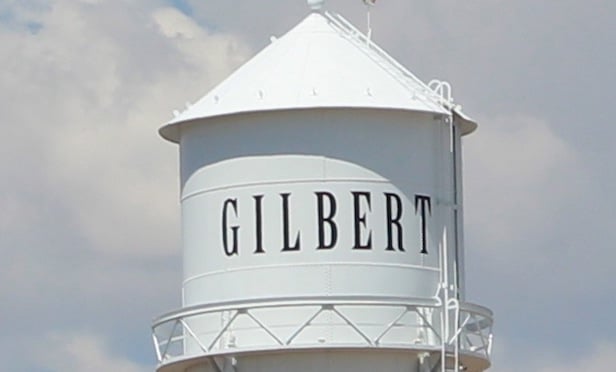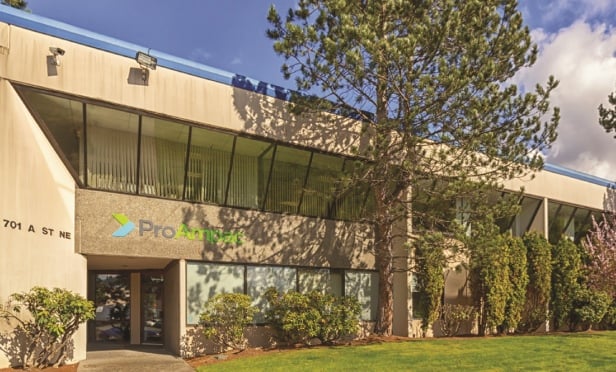MIAMI—The Southeast has seen tremendous commercial real estate market recovery. But where does the region go from here?
Expect to see more mixed-use, transit-oriented development and public-private partnerships, Jim Holleman, a principal with Cushman & Wakefield in Knoxville, TN, tells GlobeSt.com. “Development focus will move away from public-sector to more private-sector development,” he says. “We expect to see private capital emerge as a dominant player in local development.”
One notable private-public partnership in the Southeast is known as the I-4 Ultimate, a $2.3-billion partnership between Skanska and the Florida Department of Transportation to rebuild the Interstate 4 corridor. It's the largest P3 project underway in the US right now. Fred Hames, general manager and executive vice president of Florida at Skanska, says, “The reconfiguration of I-4 is an effort to improve the quality of life and the safety of residents, while giving Central Florida a competitive edge when it comes to attracting new businesses and economic growth to the region.”
On the multifamily front, the “o” word—overbuilding—is being bandied about more often. Resource Real Estate executive vice president Kevin Finkel points to a growing abundance of new supply in high-growth cities like Raleigh. Still, he's not overly concerned about the region as a whole.
“The strong markets will continue to be strong and the weak markets will continue to be weak,” Finkel says. “New apartment supply in some urban submarkets may quell class A apartment rent growth a bit, but we do believe that there will be enough absorption for the new supply. The workforce renters continue to be the rental class most in need of product, and we expect renovated class B apartment targeting the workforce to continue to experience relatively high rent growth.”
Finally, on the capital markets front, Charles Williams, senior vice president and southeast regional manager at KeyBank Real Estate Capital, sees a strong future. And, he says, if interest rates remain low he doesn't expect to see much change to the Southeast commercial real estate climate over the next one or two quarters. Still, he offers a word of warning: If we see a run-up in rates, that is when we may see the market take a hit.
“Despite our own challenges, many international parties still view the US as a safe haven for capital. They know that if they invest in US commercial real estate, they will see a return on investment,” Williams says. “With interest rates still at historic lows, now is the time to lock in rates for the next 10 years. When the inevitable rate rise occurs, it will move very quickly. I keep telling my clients that the best day to rate lock is today because you don't know what tomorrow will bring.”
© Touchpoint Markets, All Rights Reserved. Request academic re-use from www.copyright.com. All other uses, submit a request to [email protected]. For more inforrmation visit Asset & Logo Licensing.






